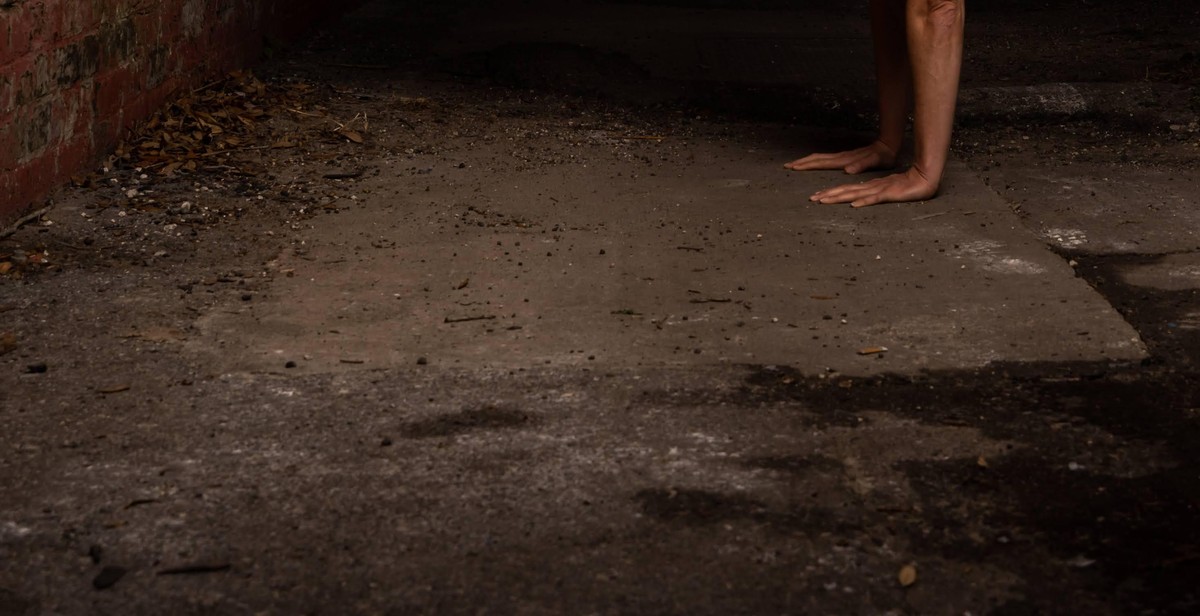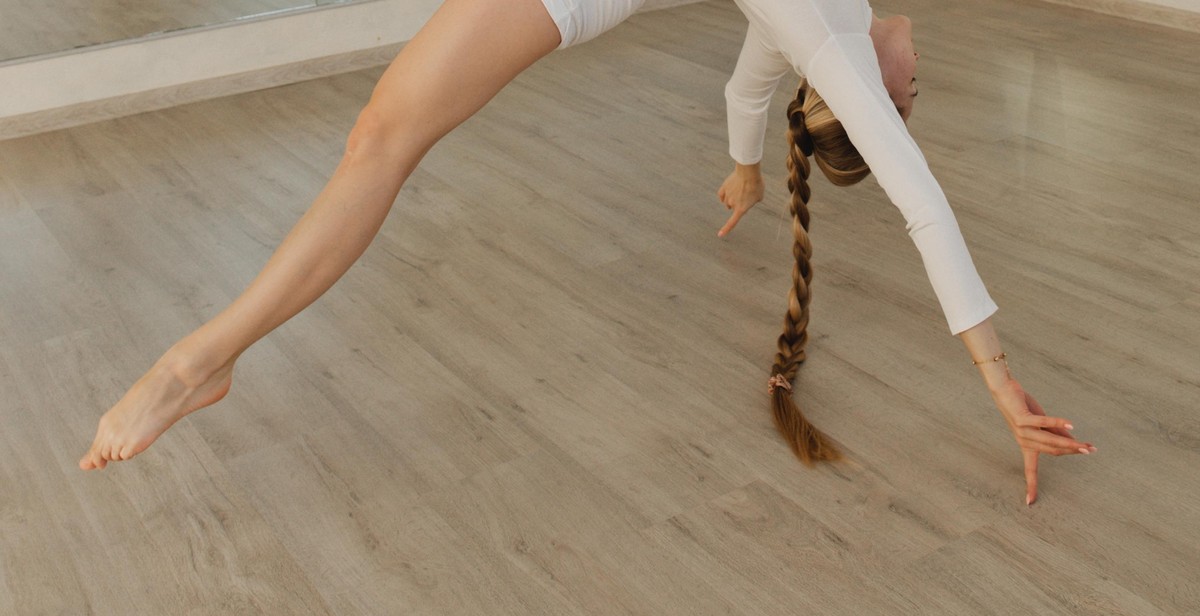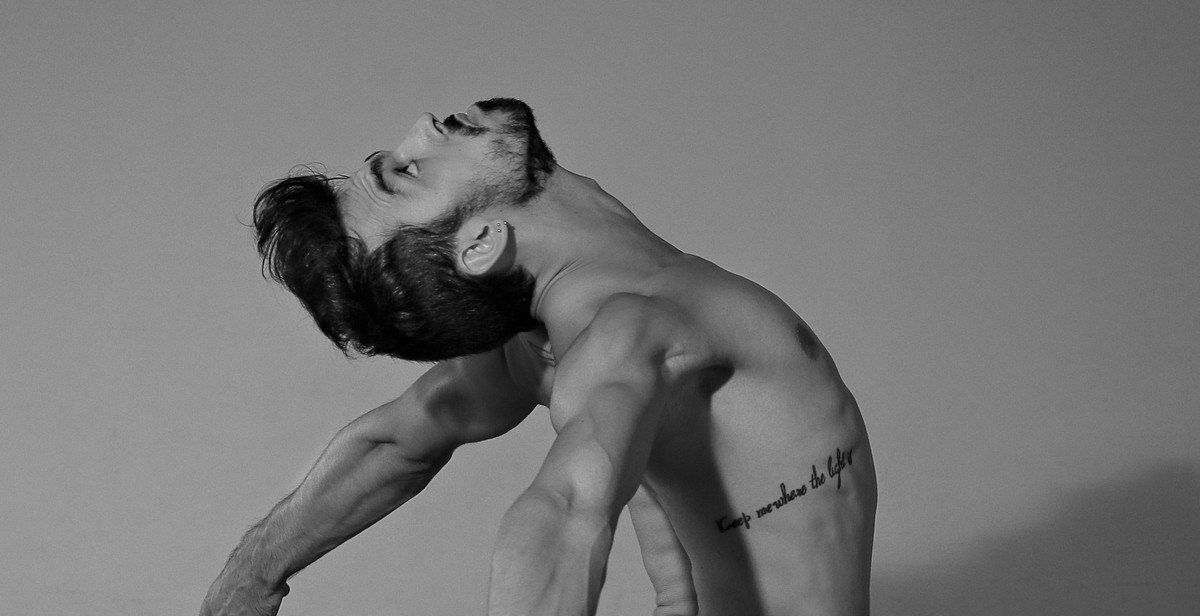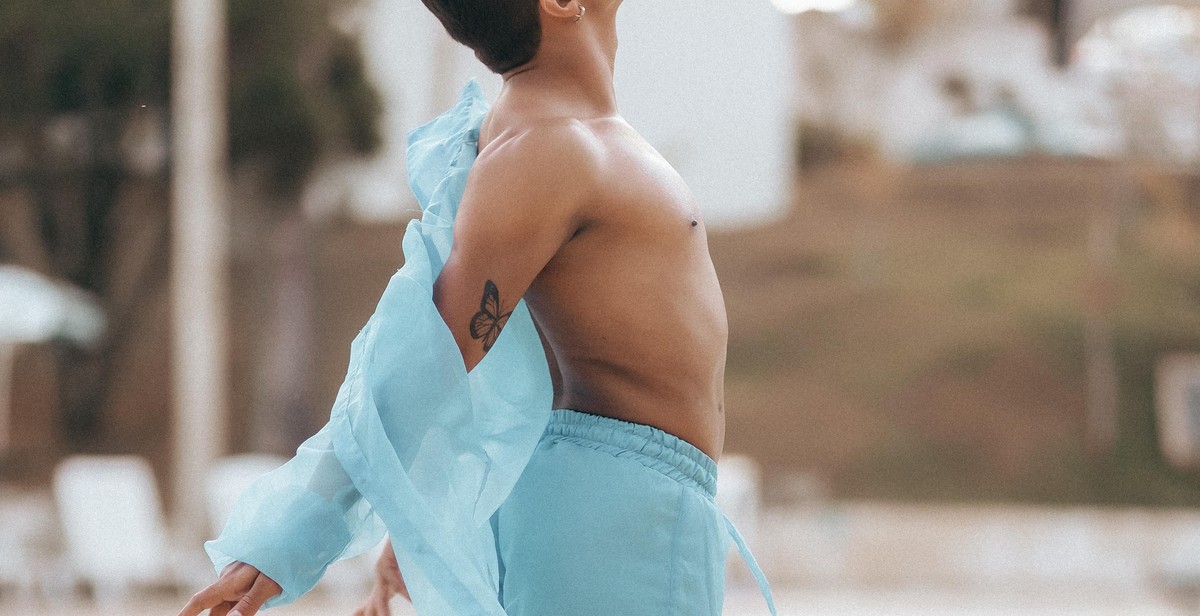Introduction: Flexibility for Dancers and Gymnasts
Dancers and gymnasts are known for their ability to perform incredible feats of strength, balance, and agility. But what sets them apart from other athletes is their exceptional flexibility. Flexibility is the ability of a joint or series of joints to move through a full range of motion without pain or discomfort. It is an essential component of both dance and gymnastics, enabling performers to execute complex movements with grace and precision.
Why Flexibility is Important for Dancers and Gymnasts
Flexibility is critical for dancers and gymnasts for several reasons:
- Improved Performance: Greater flexibility allows for a wider range of motion, enabling dancers and gymnasts to perform more complex movements with ease and precision.
- Injury Prevention: Flexible muscles and joints are less prone to injury, as they can withstand greater stress without tearing or straining.
- Faster Recovery: In the event of an injury, flexible muscles and joints recover more quickly, as they are better equipped to heal and regenerate.
- Better Body Awareness: Flexibility training requires a high degree of body awareness, enabling dancers and gymnasts to better understand their bodies and how they move.
In this article, we will explore how to develop a flexibility routine specifically tailored to the needs of dancers and gymnasts. Whether you are a beginner or a seasoned performer, these tips and techniques will help you improve your flexibility and take your skills to the next level.

Understanding Your Body
Before developing a flexibility routine for dancers and gymnasts, it is important to understand the different types of stretches and common flexibility issues that these athletes face.
Types of Stretches
There are two main types of stretches: static and dynamic. Static stretches involve holding a position for a period of time, while dynamic stretches involve movement through a range of motion.
Static stretches are ideal for improving flexibility and increasing range of motion. They can also help to prevent injury by preparing the muscles for more intense activity. Dynamic stretches are better suited for warming up the body before exercise or performance.
Common Flexibility Issues for Dancers and Gymnasts
Dancers and gymnasts require a high level of flexibility in order to perform their movements with precision and grace. However, they often encounter common flexibility issues such as:
- Tight hamstrings
- Restricted hip mobility
- Poor spinal alignment
- Stiff ankles and feet
These issues can be addressed through a targeted flexibility routine that focuses on stretching and strengthening the muscles and joints used in dance and gymnastics.
| Flexibility Issue | Recommended Stretches |
|---|---|
| Tight Hamstrings | Forward Fold, Seated Forward Fold, Standing Hamstring Stretch |
| Restricted Hip Mobility | Pigeon Pose, Butterfly Stretch, Lizard Pose |
| Poor Spinal Alignment | Cat-Cow Stretch, Child’s Pose, Cobra Pose |
| Stiff Ankles and Feet | Ankle Circles, Toe Raises, Foot Flexes |
By addressing these common flexibility issues through a targeted routine of static and dynamic stretches, dancers and gymnasts can improve their overall performance and reduce the risk of injury.

Creating a Flexibility Routine
Developing a flexibility routine is essential for dancers and gymnasts as it helps prevent injuries, improves performance and enhances overall well-being. There are several components to a successful flexibility routine, including warming up, static stretching, dynamic stretching, foam rolling, and self-myofascial release.
Warming Up
Before starting any stretching routine, it is vital to warm up the muscles properly. Warming up helps increase blood flow to the muscles, which prepares them for stretching and reduces the risk of injury. A good warm-up should last at least 10 minutes and include light cardio exercises such as jumping jacks, running in place, or high knees.
Static Stretching
Static stretching involves holding a stretch for a prolonged period to increase flexibility and range of motion. This type of stretching is best done after a workout or dance practice when the muscles are warm. It is essential to hold each stretch for at least 30 seconds and not push beyond your comfort level to avoid injury.
Dynamic Stretching
Dynamic stretching involves moving the muscles through a range of motion to improve flexibility and prepare the body for physical activity. This type of stretching is best done before a workout or dance practice. Examples of dynamic stretches include leg swings, arm circles, and lunges.
Foam Rolling
Foam rolling is a form of self-massage that helps release tension in the muscles and improve flexibility. It involves using a foam roller to apply pressure to specific areas of the body. Foam rolling is best done after a workout or dance practice to help reduce muscle soreness.
Self-Myofascial Release
Self-myofascial release involves using tools such as massage balls or foam rollers to apply pressure to specific areas of the body to release tension and improve flexibility. This type of stretching is best done after a workout or dance practice to help reduce muscle soreness.
| Component | Best Time to Do It |
|---|---|
| Warming Up | Before stretching |
| Static Stretching | After workout or dance practice |
| Dynamic Stretching | Before workout or dance practice |
| Foam Rolling | After workout or dance practice |
| Self-Myofascial Release | After workout or dance practice |
By incorporating these components into a flexibility routine, dancers and gymnasts can improve their performance, reduce the risk of injury, and enhance their overall well-being.

Incorporating Flexibility into Your Training
Flexibility is an essential component of any dancer or gymnast’s training routine. In order to enhance your flexibility, it is important to incorporate specific exercises and techniques into your training regimen. Here are some tips to help you develop a successful flexibility routine:
Frequency and Duration
Consistency is key when it comes to improving flexibility. Aim to stretch at least three to four times per week, incorporating both static and dynamic stretches. Static stretches involve holding a position for a set amount of time, while dynamic stretches involve movement through a range of motion.
When it comes to duration, aim to hold each stretch for 20-30 seconds. This will allow your muscles to lengthen and increase flexibility. As you progress, you can gradually increase the duration of your stretches.
Progression
It is important to continually challenge your muscles in order to see progress in your flexibility. This can be achieved through progressive overload, which involves gradually increasing the intensity or duration of your stretches over time.
Another effective method of progression is to incorporate stretching techniques such as PNF (proprioceptive neuromuscular facilitation) and ballistic stretching. PNF involves contracting and relaxing the muscle being stretched, while ballistic stretching involves using momentum to move through a stretch.
Overcoming Plateaus
It is common to hit a plateau in your flexibility training, where you may not see any further progress despite consistent effort. In order to overcome plateaus, it is important to vary your stretching routine and incorporate new exercises and techniques.
Another effective method is to focus on improving your overall fitness level, as strength and cardiovascular fitness can also contribute to improved flexibility. Additionally, taking rest days and allowing your muscles time to recover can also help to overcome plateaus.
| Tip: | Always warm up before stretching to prevent injury |
|---|
By incorporating these tips into your training routine, you can improve your flexibility and enhance your performance as a dancer or gymnast.

Preventing Injury
As a dancer or gymnast, injury prevention should be at the forefront of your mind when developing a flexibility routine. Here are some tips to keep in mind:
Correct Form and Technique
One of the most important aspects of injury prevention is using correct form and technique. This means taking the time to learn proper alignment and positioning for each exercise and movement. It’s important to work with a coach or trainer who can help you identify and correct any form or technique issues.
Listening to Your Body
It’s also important to listen to your body and pay attention to any warning signs of injury. If you feel pain or discomfort during a stretch or exercise, stop immediately and assess the situation. Continuing to push through pain can lead to serious injury.
Rest and Recovery
Rest and recovery are crucial components of injury prevention. Make sure to give your body time to rest and recover between intense workouts or training sessions. This means taking days off from training, getting enough sleep, and fueling your body with healthy foods.
Additionally, incorporating restorative practices such as foam rolling, massage, and yoga can help reduce muscle soreness and improve flexibility, which can ultimately help prevent injury.
| Tip | Description |
|---|---|
| Use Correct Form and Technique | Work with a coach or trainer to learn proper alignment and positioning for each exercise and movement. |
| Listen to Your Body | Pay attention to any warning signs of injury and stop immediately if you feel pain or discomfort during a stretch or exercise. |
| Rest and Recovery | Give your body time to rest and recover between intense workouts or training sessions, and incorporate restorative practices such as foam rolling, massage, and yoga. |

Conclusion
Developing a flexibility routine is essential for dancers and gymnasts to improve their performance and prevent injuries. By following the tips mentioned in this article, you can create a well-rounded flexibility routine that targets all muscle groups and helps you achieve your flexibility goals.
Remember These Key Points
- Warm-up before stretching to prevent injuries.
- Incorporate dynamic stretches into your routine.
- Hold static stretches for at least 30 seconds.
- Stretch all major muscle groups, including the hips, hamstrings, quads, calves, and back.
- Use props like blocks, straps, and balls to deepen your stretches.
- Consistency is key; stretch regularly to see the best results.
Next Steps
Now that you have a better understanding of how to develop a flexibility routine, it’s time to put it into practice. Start by incorporating these stretches into your warm-up and cool-down routine, and gradually increase the difficulty and duration of your stretches over time. Remember to listen to your body and avoid overstretching, as this can lead to injuries. With patience and consistency, you’ll soon notice improvements in your flexibility and performance.
